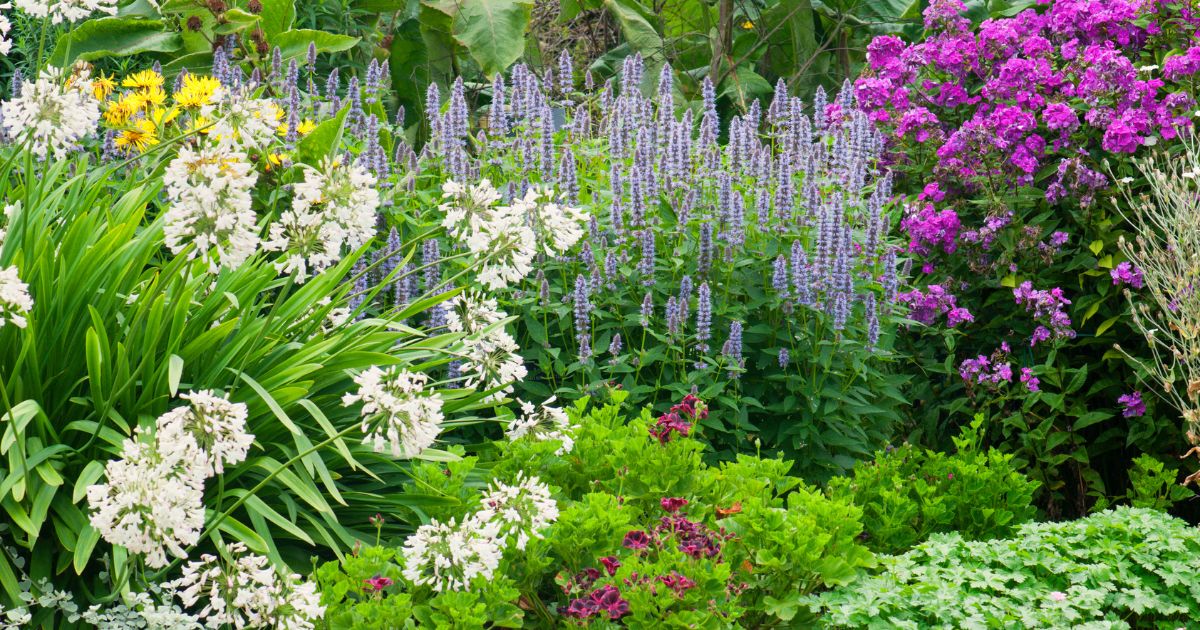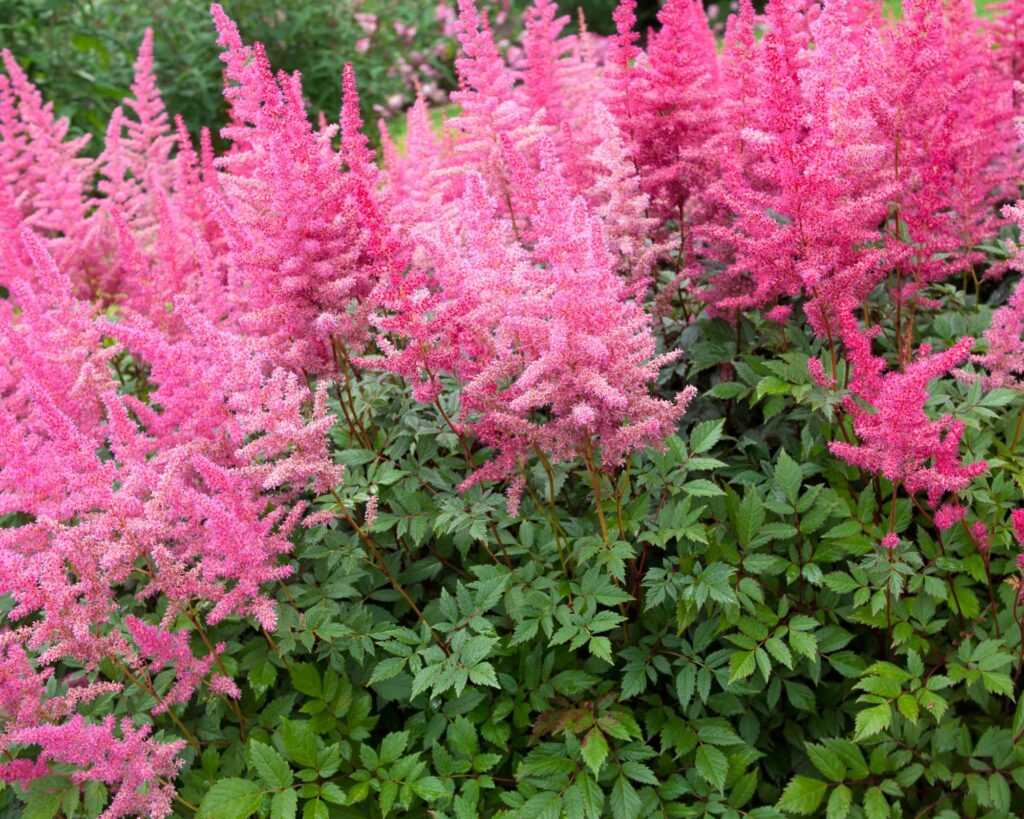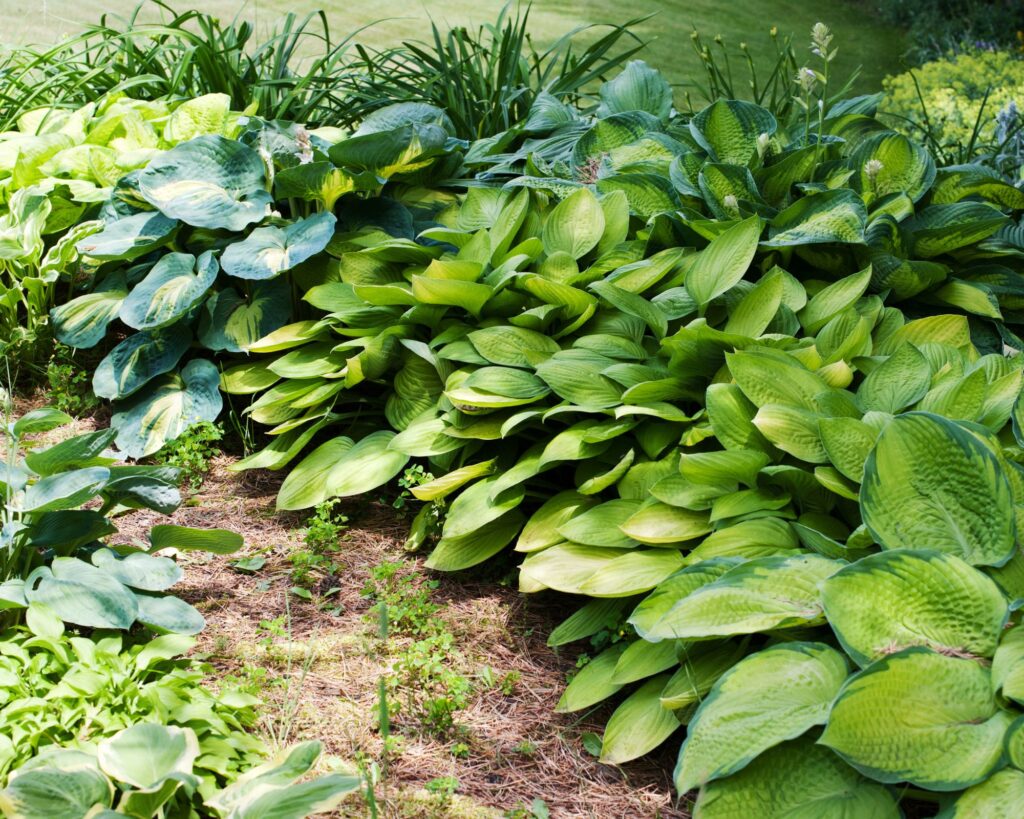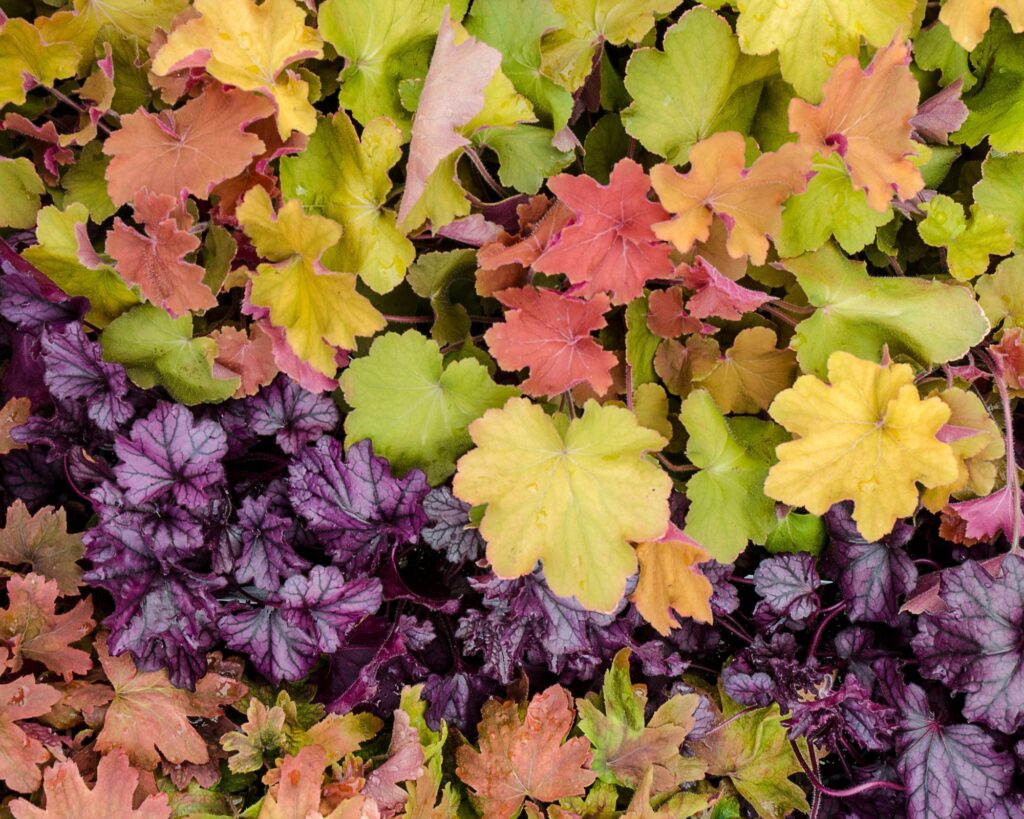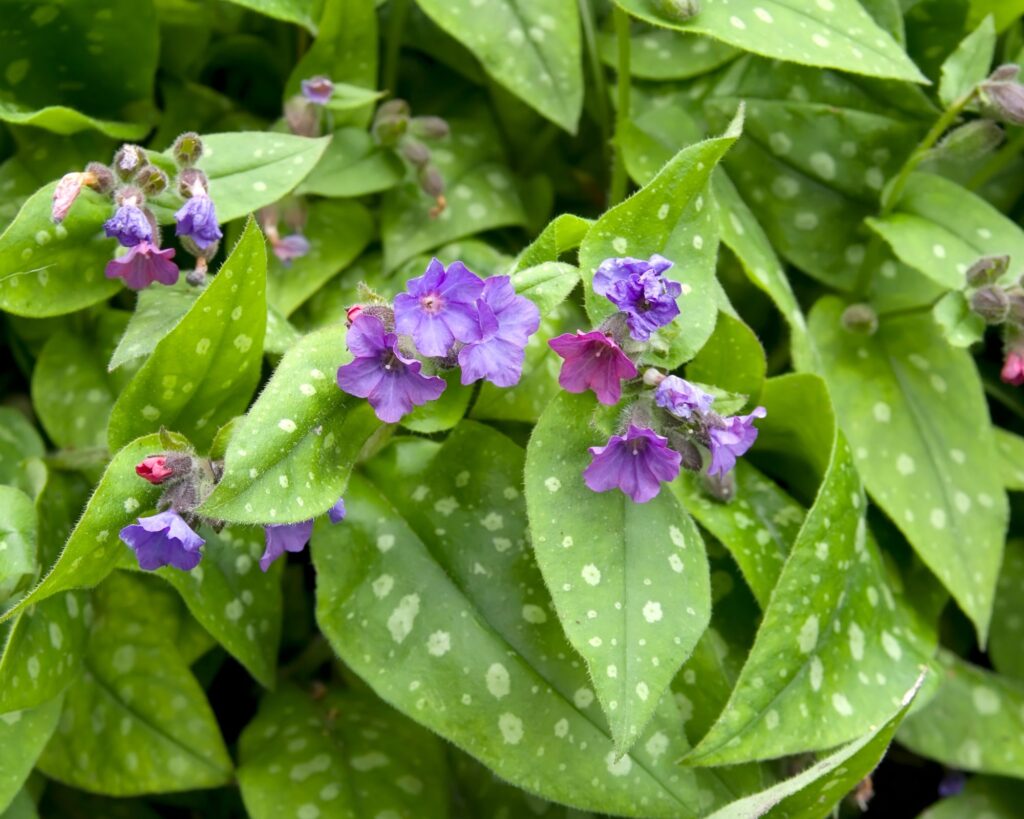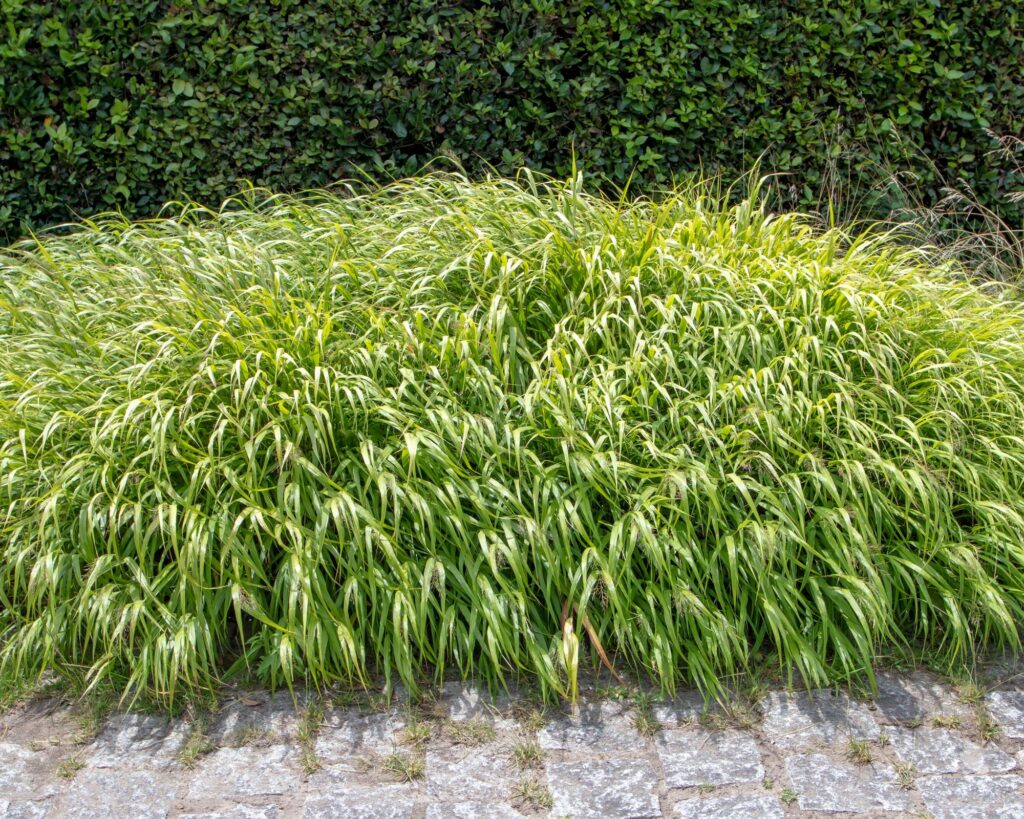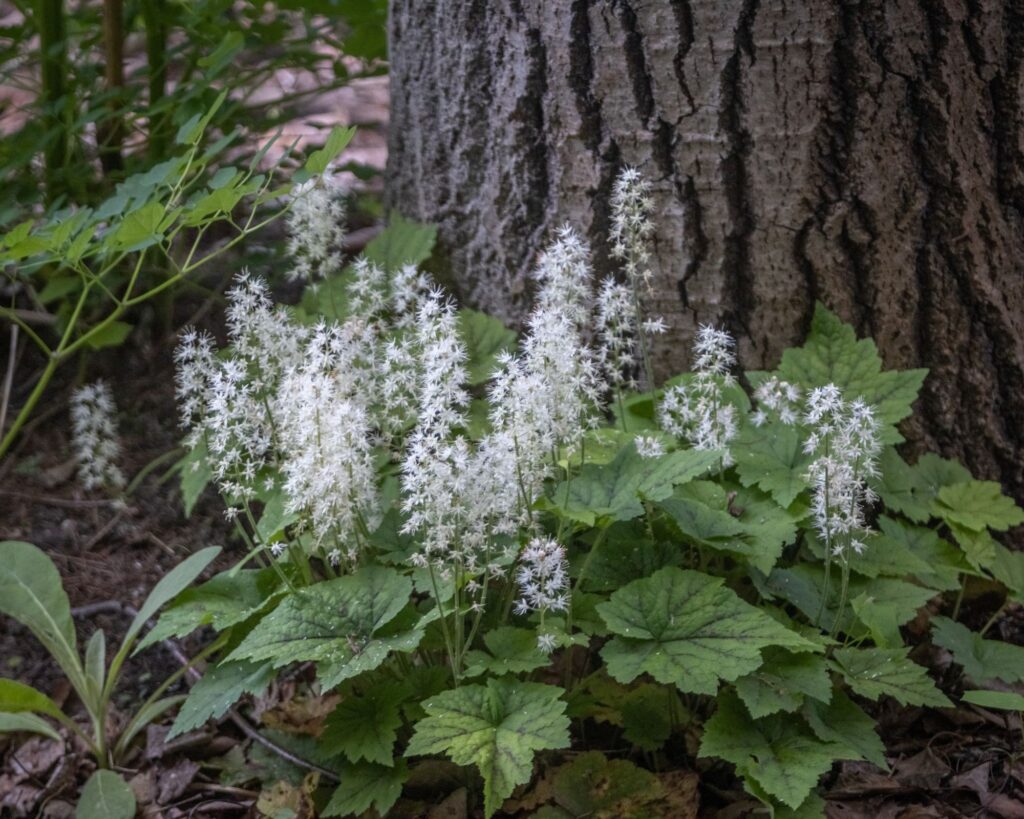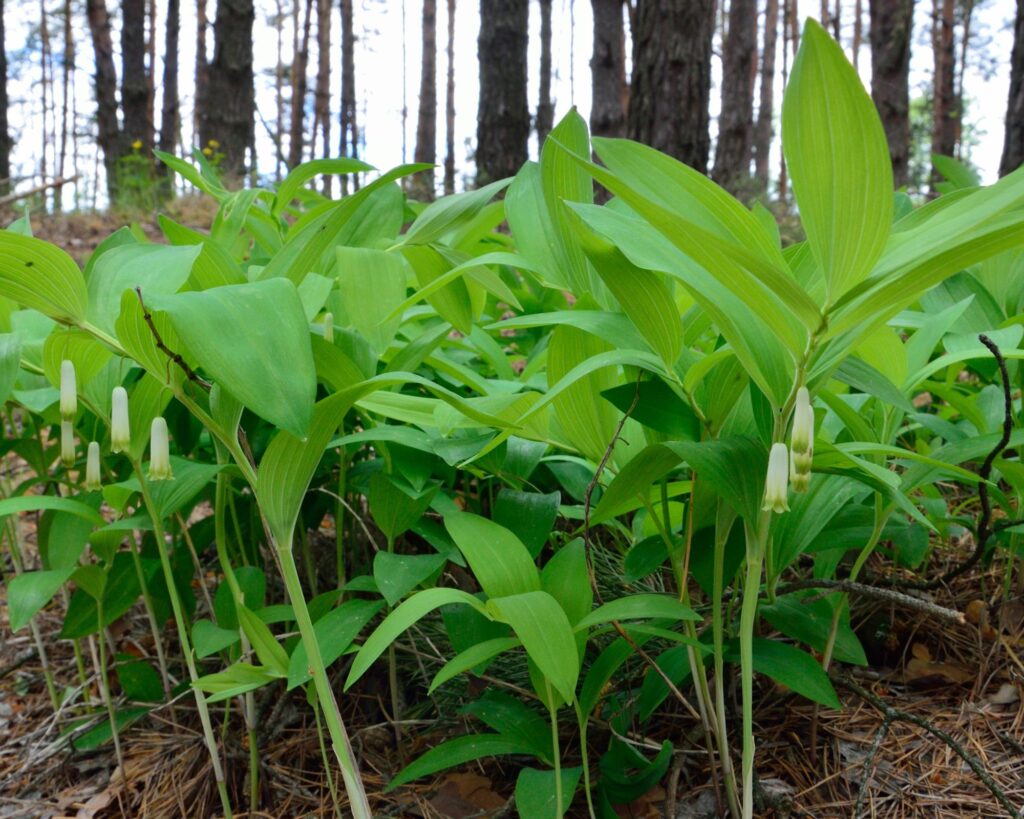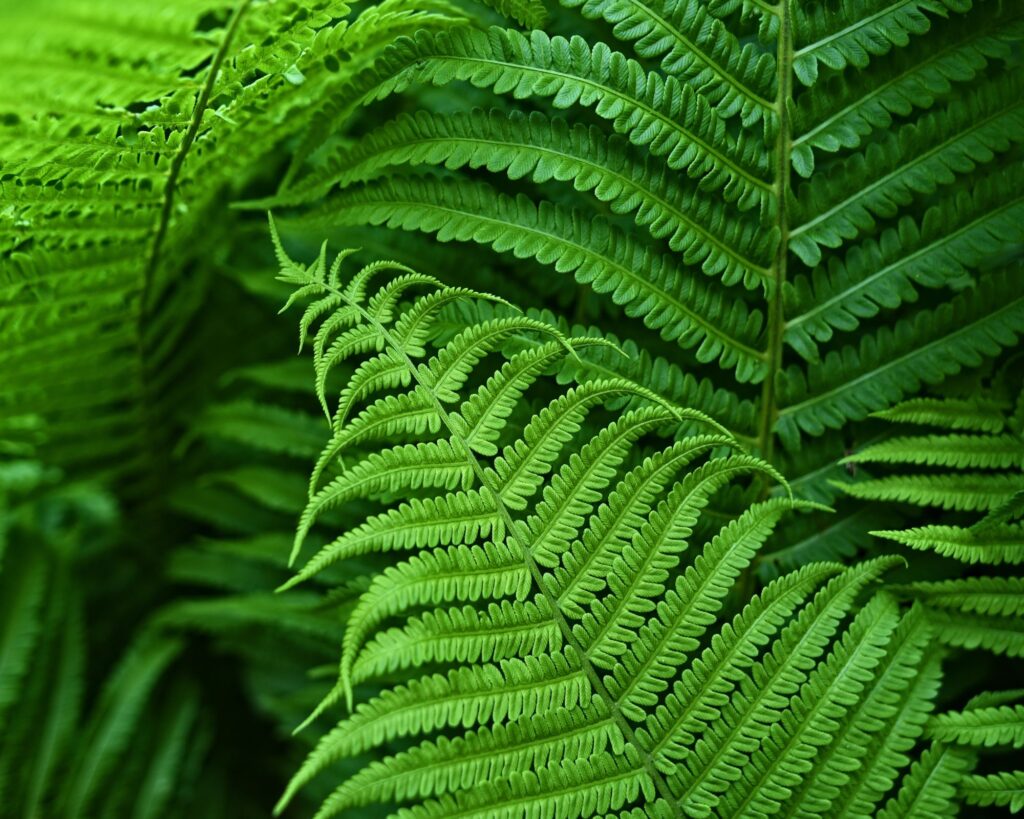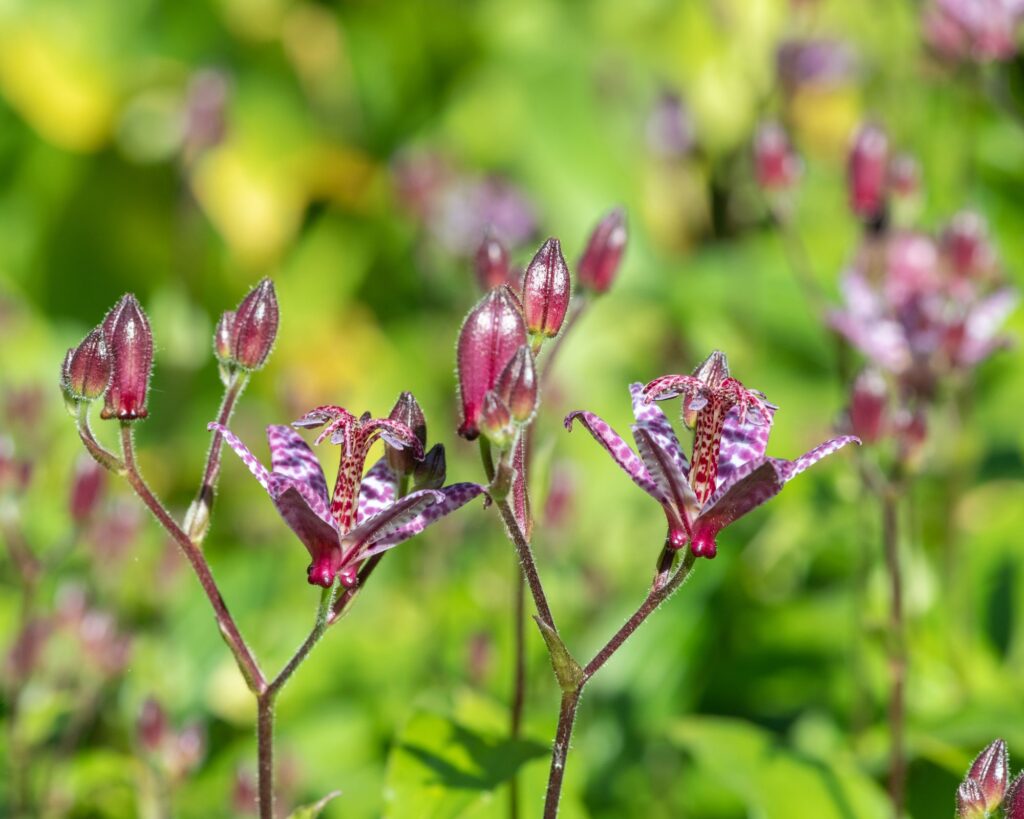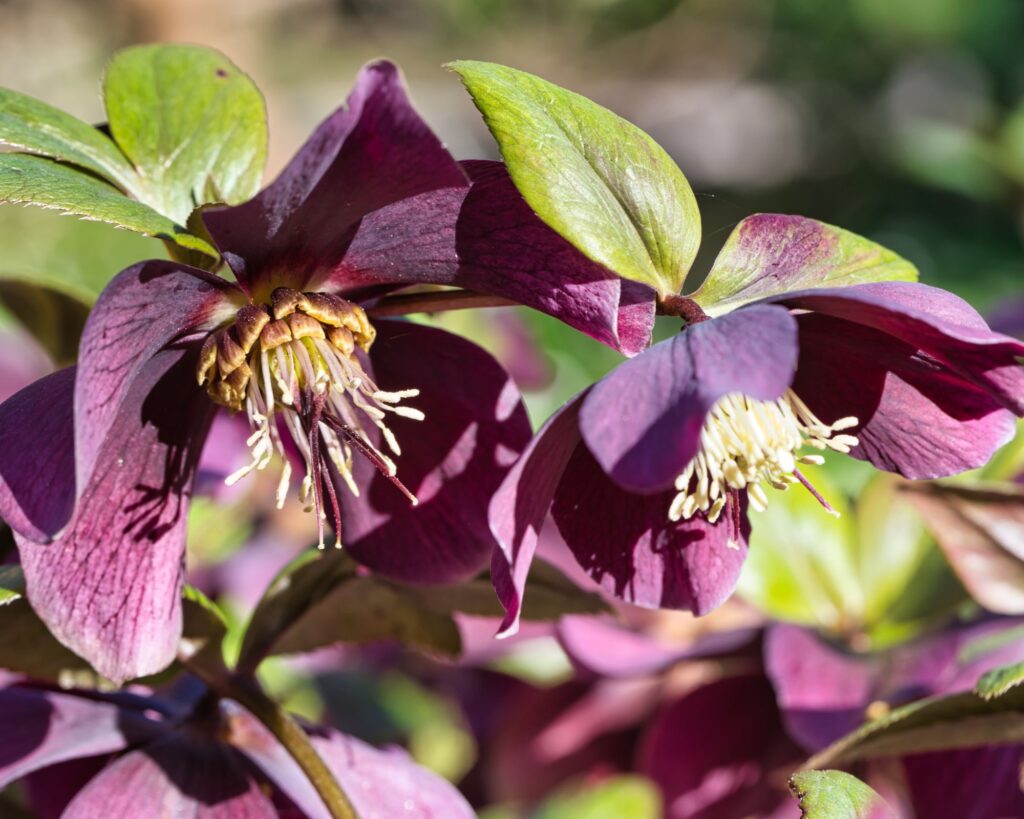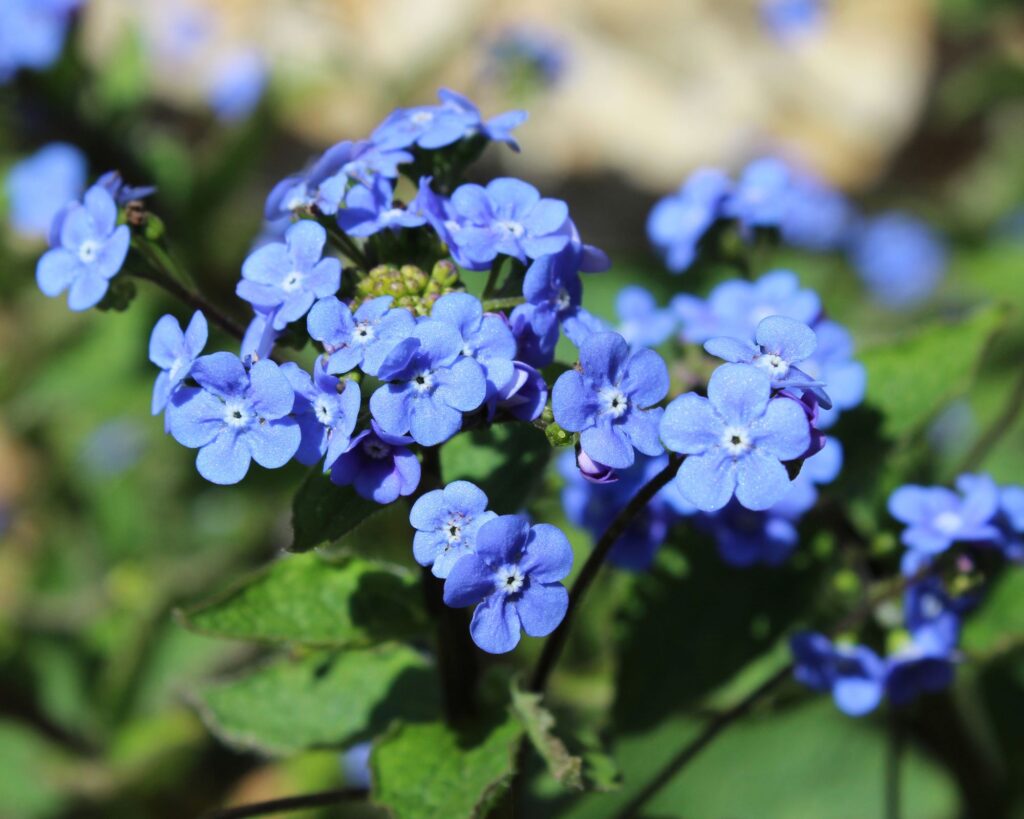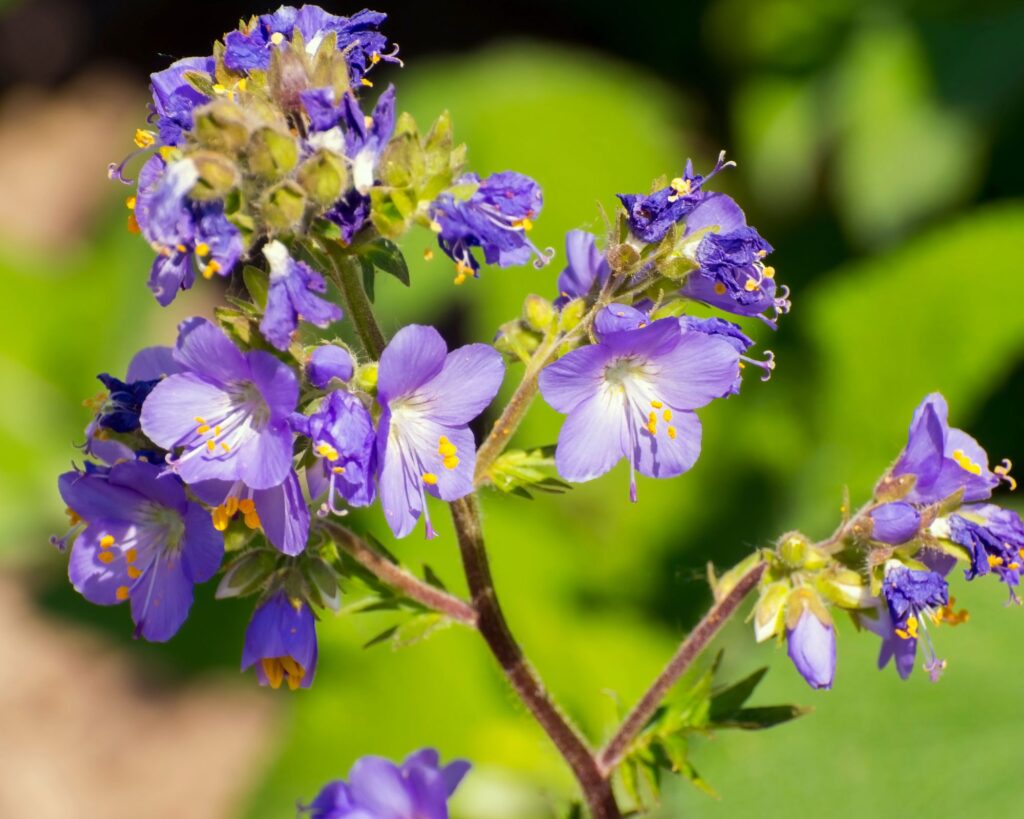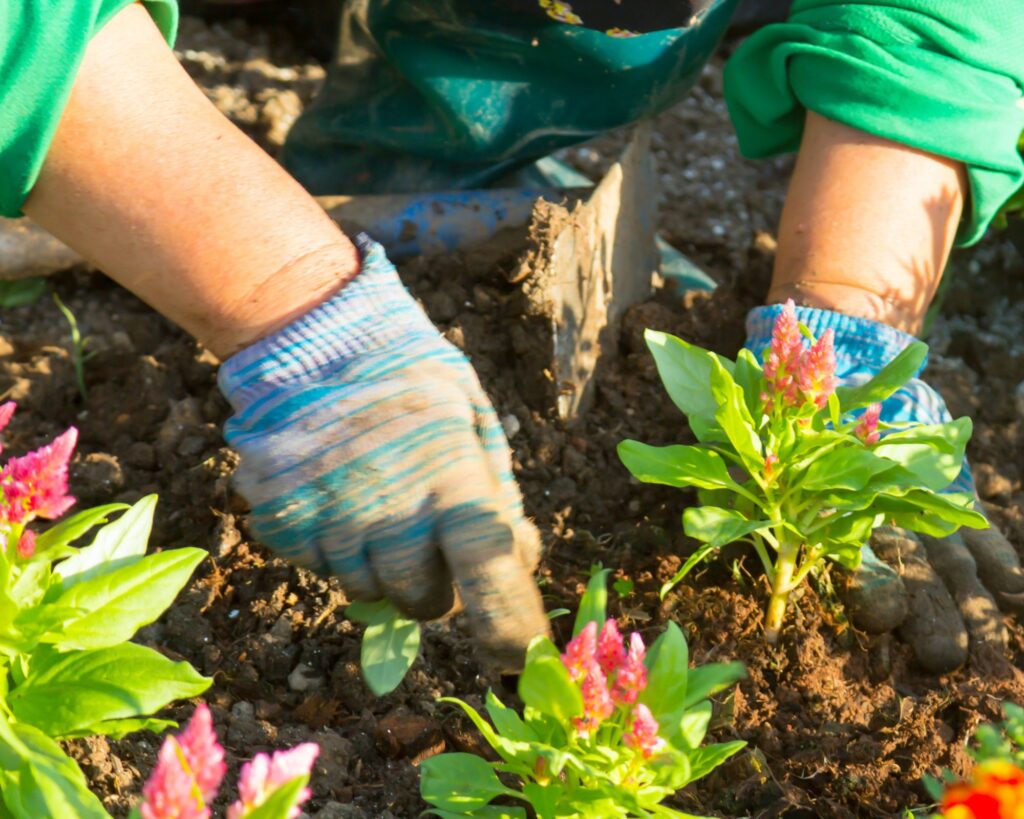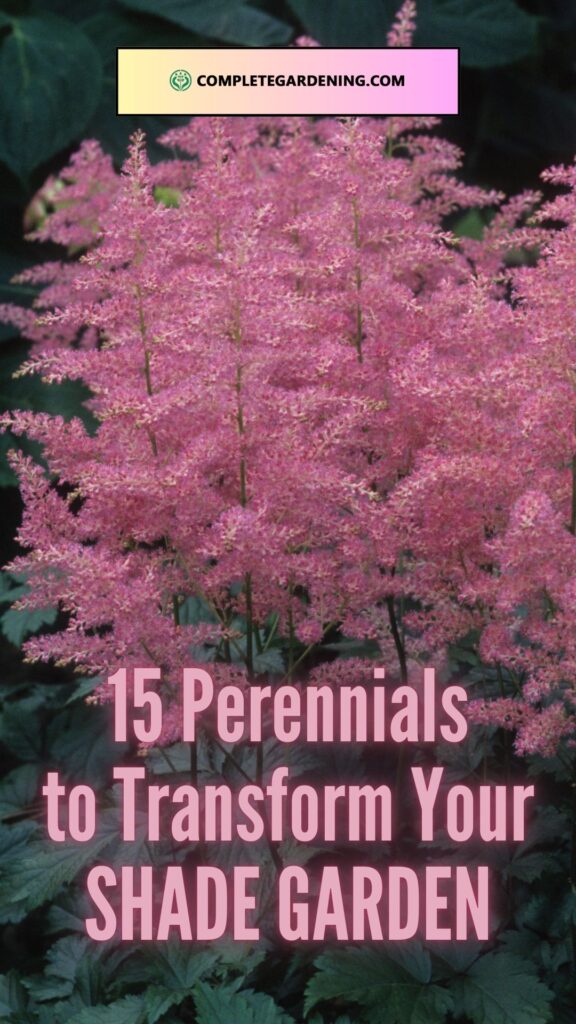Creating a lush, colorful garden in shady areas might seem tricky, but with the right perennial flowers, those low-light spots can come alive with enduring beauty.
Shade-loving perennials are uniquely suited to thrive in dimmer spaces – whether beneath trees, beside walls, or along shaded walkways.
These hardy plants offer vibrant blooms and captivating textures, returning year after year to enhance and transform shadowed corners into thriving, eye-catching displays.
Discover the top 15 perennials that excel in shade and bring lasting elegance to your garden.
1. Astilbe (Astilbe spp.)
Astilbes are known for their feathery plumes of pink, white, red, or purple flowers that bloom in early summer.
They thrive in moist, shaded areas, providing texture and height to your garden. With varieties ranging from dwarf to tall, you can find the perfect size for any shaded area.
Care Tips: Astilbes prefer well-drained, consistently moist soil. Adding mulch helps retain moisture around their roots.
2. Hosta (Hosta spp.)
Hostas are a classic choice for shade gardens due to their impressive foliage.
With various shades of green, blue, and variegated leaves, hostas offer a range of options to add interest. Some varieties even produce fragrant blooms in summer.
Care Tips: Hostas do best in well-drained soil with occasional watering. Protect them from slugs and snails, which are common pests for these plants.
3. Bleeding Heart (Dicentra spectabilis)
Bleeding hearts add a touch of romance to any shade garden with their heart-shaped, hanging flowers in pink, white, or red.
They bloom in spring, creating a stunning display against their fern-like foliage.
Care Tips: Bleeding hearts thrive in humus-rich, well-drained soil. They appreciate a shady spot that remains cool throughout the day.
4. Coral Bells (Heuchera spp.)
Coral bells are valued for their colorful foliage, which ranges from vibrant purple to lime green and even variegated shades.
In late spring and early summer, they send up delicate flower spikes that attract pollinators.
Care Tips: Plant coral bells in well-drained soil, as they dislike soggy conditions. Adding organic compost improves soil structure.
5. Lungwort (Pulmonaria spp.)
Known for its silver-spotted leaves, lungwort brings visual interest even after its blue, pink, or white flowers fade in spring.
It’s a low-maintenance choice that brightens shaded areas beautifully.
Care Tips: Lungwort prefers consistently moist, well-drained soil. Divide clumps every few years to keep the plant healthy.
6. Japanese Forest Grass (Hakonechloa macra)
This ornamental grass thrives in shade, with arching, golden-green foliage that sways gently.
Japanese forest grass brings a soft, flowing look, adding movement and a pop of color.
Care Tips: Japanese forest grass likes moist, well-drained soil. Mulch to retain moisture and protect it during winter.
7. Foamflower (Tiarella cordifolia)
Foamflowers offer a delightful addition to shade gardens with their delicate, star-shaped blooms in white or pink.
Their unique foliage, often tinged with dark veins, brings added dimension to garden beds.
Care Tips: Foamflowers prefer well-drained, humus-rich soil. They grow best in partial to full shade and need regular watering.
8. Solomon’s Seal (Polygonatum spp.)
Solomon’s seal has graceful, arching stems with small, bell-shaped flowers that dangle delicately.
It’s perfect for adding height and elegance to a shady spot, blending well with other perennials.
Care Tips: Solomon’s seal thrives in rich, moist soil. It spreads slowly by rhizomes, creating natural drifts in the garden over time.
9. Ferns (Various species)
Ferns are essential for shade gardens, offering a wide variety of textures and sizes.
From the delicate fronds of maidenhair ferns to the bold structure of ostrich ferns, there’s a fern for every shaded space.
Care Tips: Ferns generally prefer moist, well-drained soil. Mulching helps retain moisture and keeps roots cool.
10. Toad Lily (Tricyrtis hirta)
Toad lilies bring a tropical touch to shade gardens, with orchid-like flowers in late summer and fall.
Their unique, speckled blooms stand out among typical shade flowers, adding exotic charm.
Care Tips: Toad lilies thrive in rich, consistently moist soil. They benefit from partial shade to avoid scorching.
11. Japanese Anemone (Anemone hupehensis)
Japanese anemones bloom in late summer and fall, offering single or double flowers in shades of white, pink, or purple.
Their tall, elegant stems make them a beautiful choice for filling in shaded corners.
Care Tips: Japanese anemones prefer well-drained soil and benefit from mulch to retain moisture. They may need staking in windy areas.
12. Lenten Rose (Helleborus orientalis)
Lenten roses, also known as hellebores, are winter bloomers that provide early color to shaded areas.
Their nodding, rose-like flowers in shades of white, pink, and purple are a welcome sight at the end of winter.
Care Tips: Plant Lenten roses in well-drained, humus-rich soil. They tolerate dry shade once established, making them a low-maintenance choice.
13. Foxglove (Digitalis spp.)
Foxgloves add drama with their tall spikes covered in tubular flowers, often in shades of pink, white, and purple.
Though technically biennials, foxgloves often reseed themselves, providing a perennial-like presence.
Care Tips: Foxgloves prefer moist, well-drained soil and partial shade. They are toxic if ingested, so plant with caution in areas accessible to pets and children.
14. Brunnera (Brunnera macrophylla)
Also known as Siberian bugloss, Brunnera features heart-shaped, silvery leaves with delicate blue flowers in spring.
It’s a great option for bringing light and texture to shaded areas.
Care Tips: Brunnera thrives in moist, well-drained soil. It appreciates occasional watering during dry spells and is low-maintenance once established.
15. Jacob’s Ladder (Polemonium caeruleum)
Jacob’s ladder has distinctive, ladder-like leaves and clusters of blue, white, or pink flowers.
It adds a delicate touch to shady areas and is a reliable spring bloomer.
Care Tips: Jacob’s ladder prefers moist, humus-rich soil and partial to full shade. Regular watering helps it thrive, especially during dry periods.
Tips for a Thriving Shade Garden
Creating a successful shade garden goes beyond choosing the right plants. Here are a few extra tips to help your perennial flowers flourish in low-light conditions:
- Soil Preparation: Shade gardens benefit from well-drained, nutrient-rich soil. Adding organic matter, such as compost, improves soil structure and adds essential nutrients.
- Mulching: A layer of mulch helps retain moisture and keeps the soil cool. Mulching is especially beneficial in shady areas, where competition for water can be high.
- Watering: Although many shade plants tolerate drier conditions, most prefer consistent moisture. Shaded areas can dry out more slowly, so monitor soil moisture and adjust watering accordingly.
- Plant Layering: Shade gardens thrive on layers, with taller plants at the back and shorter ones in front. This adds visual depth and allows each plant to receive its optimal light level.
With the right selection of shade-loving perennials, even the dimmest areas of your garden can become beautiful, thriving spaces.
These resilient plants offer a mix of striking foliage, unique textures, and vibrant blooms that return each year, making them invaluable for any low-light area.
By incorporating layers, rich soil, and consistent care, you’ll create a shade garden that not only adapts to its environment but enhances it, bringing lasting beauty and vitality to your landscape.
Embrace the potential of shade, and let these perennials transform your garden into a timeless retreat.
